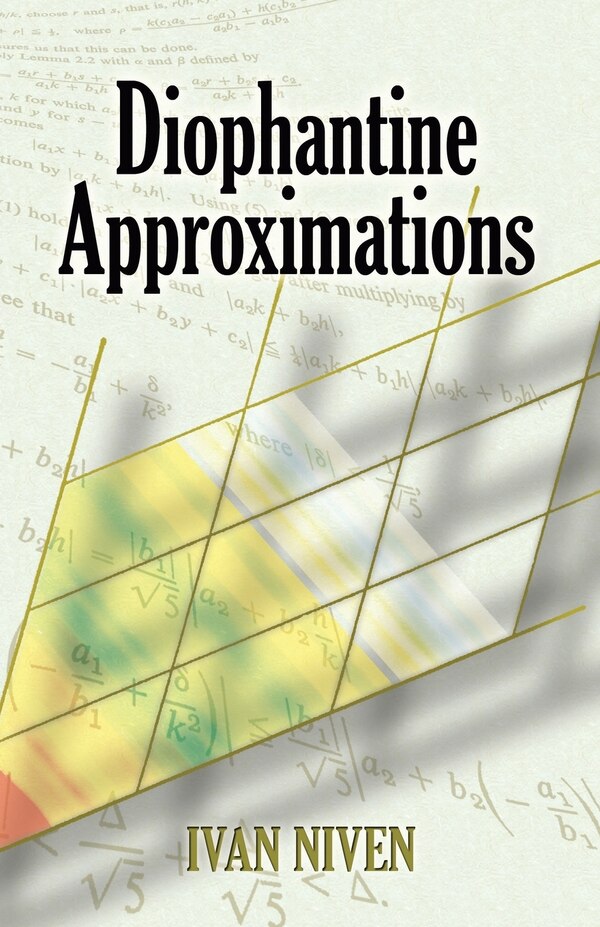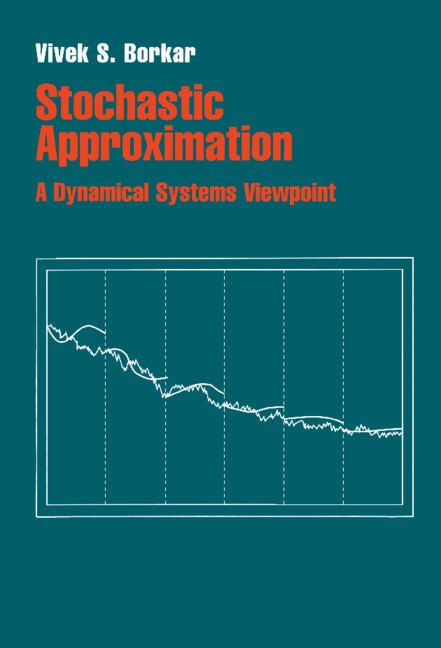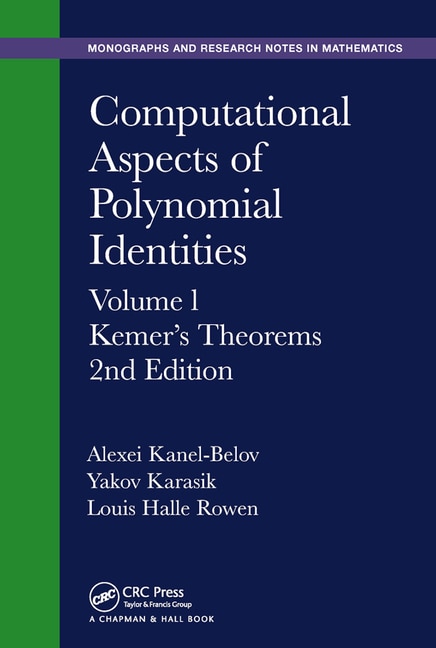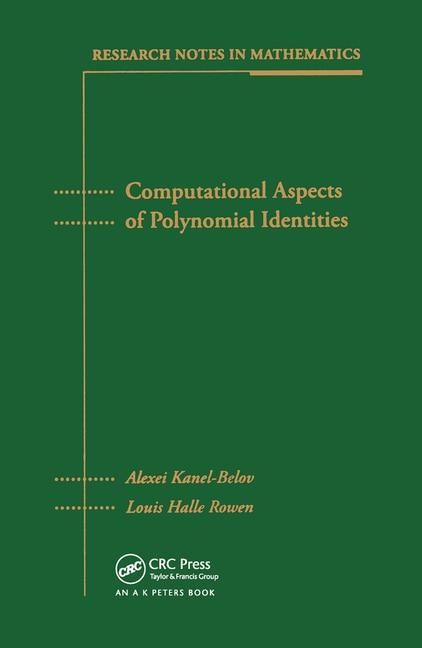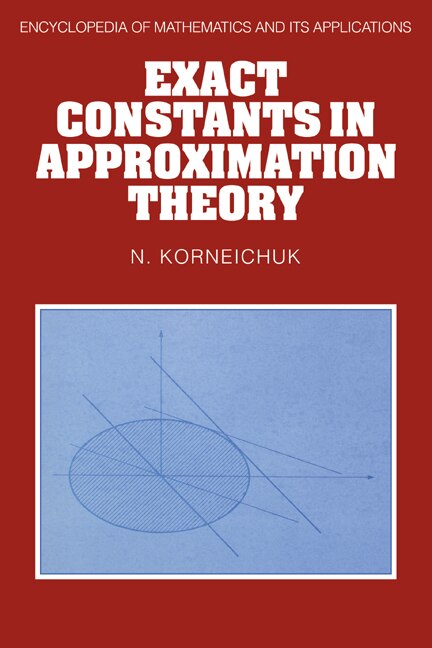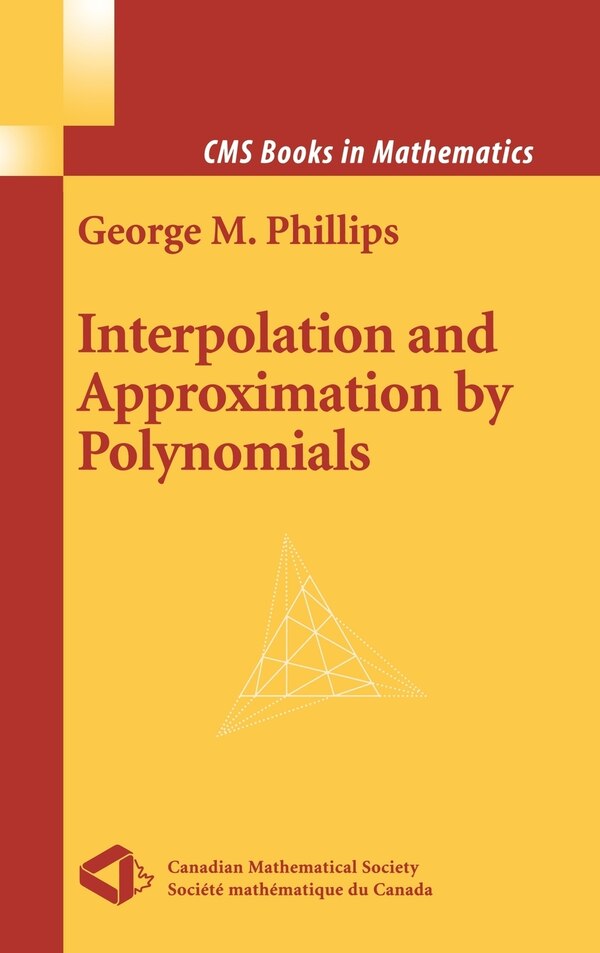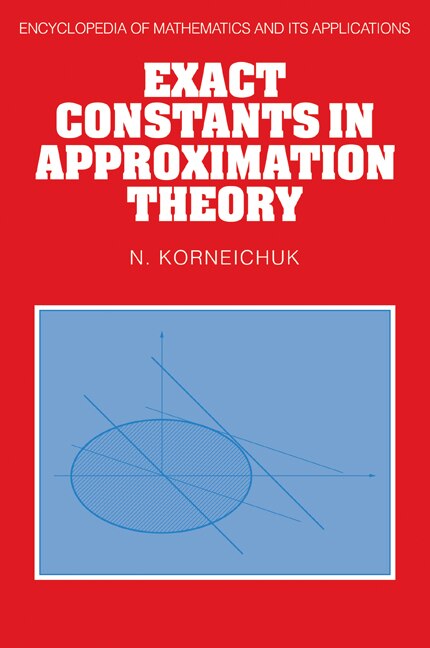
Choice Made Simple!
Too many options?Click below to purchase an online gift card that can be used at participating retailers in Village Green Shopping Centre and continue your shopping IN CENTRE!Purchase Here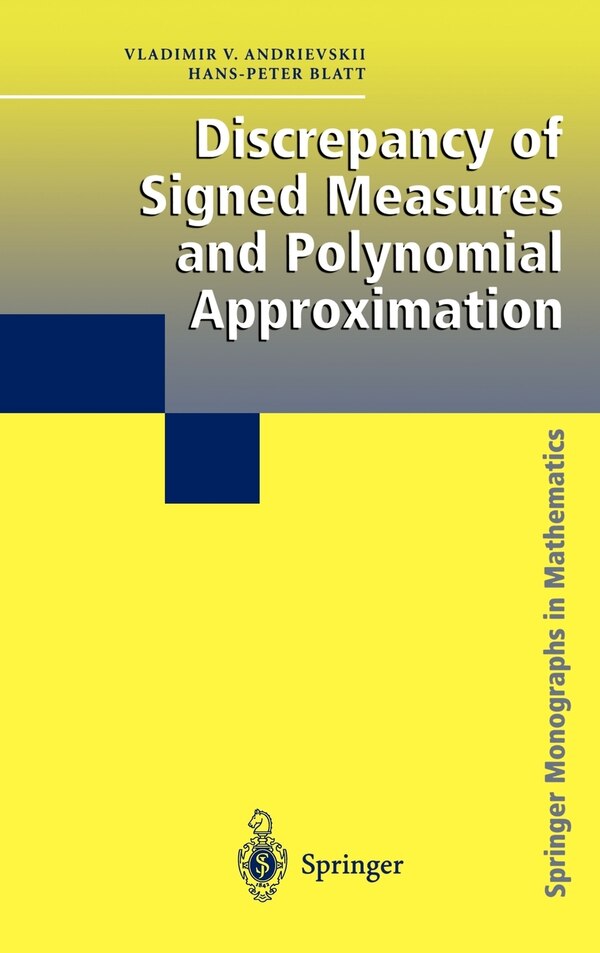
Compare Discrepancy of Signed Measures and Polynomial Approximation by Vladimir V. Andrievskii, Hardcover | Indigo Chapters
Vladimir V. Andrievskii
$248.50
In many situations in approximation theory the distribution of points in a given set is of interest. For example, the suitable choiee of interpolation points is essential to obtain satisfactory estimates for the convergence of interpolating polynomials. Zeros of orthogonal polynomials are the nodes for Gauss quadrat ure formulas. Alternation points of the error curve char acterize the best approximating polynomials. In classieal complex analysis an interesting feature is the location of zeros of approximants to an analytie function. In 1918 R. Jentzsch [91] showed that every point of the circle of convergence of apower series is a limit point of zeros of its partial sums. This theorem of Jentzsch was sharpened by Szegö [170] in 1923. He proved that for apower series with finite radius of convergence there is an infinite sequence of partial sums, the zeros of whieh are "equidistributed" with respect to the angular measure. In 1929 Bernstein [27] stated the following theorem. Let f be a positive continuous function on [-1, 1]; if almost all zeros of the polynomials of best 2 approximation to f (in a weighted L -norm) are outside of an open ellipse c with foci at -1 and 1, then f has a continuous extension that is analytic in c. | Discrepancy of Signed Measures and Polynomial Approximation by Vladimir V. Andrievskii, Hardcover | Indigo Chapters

